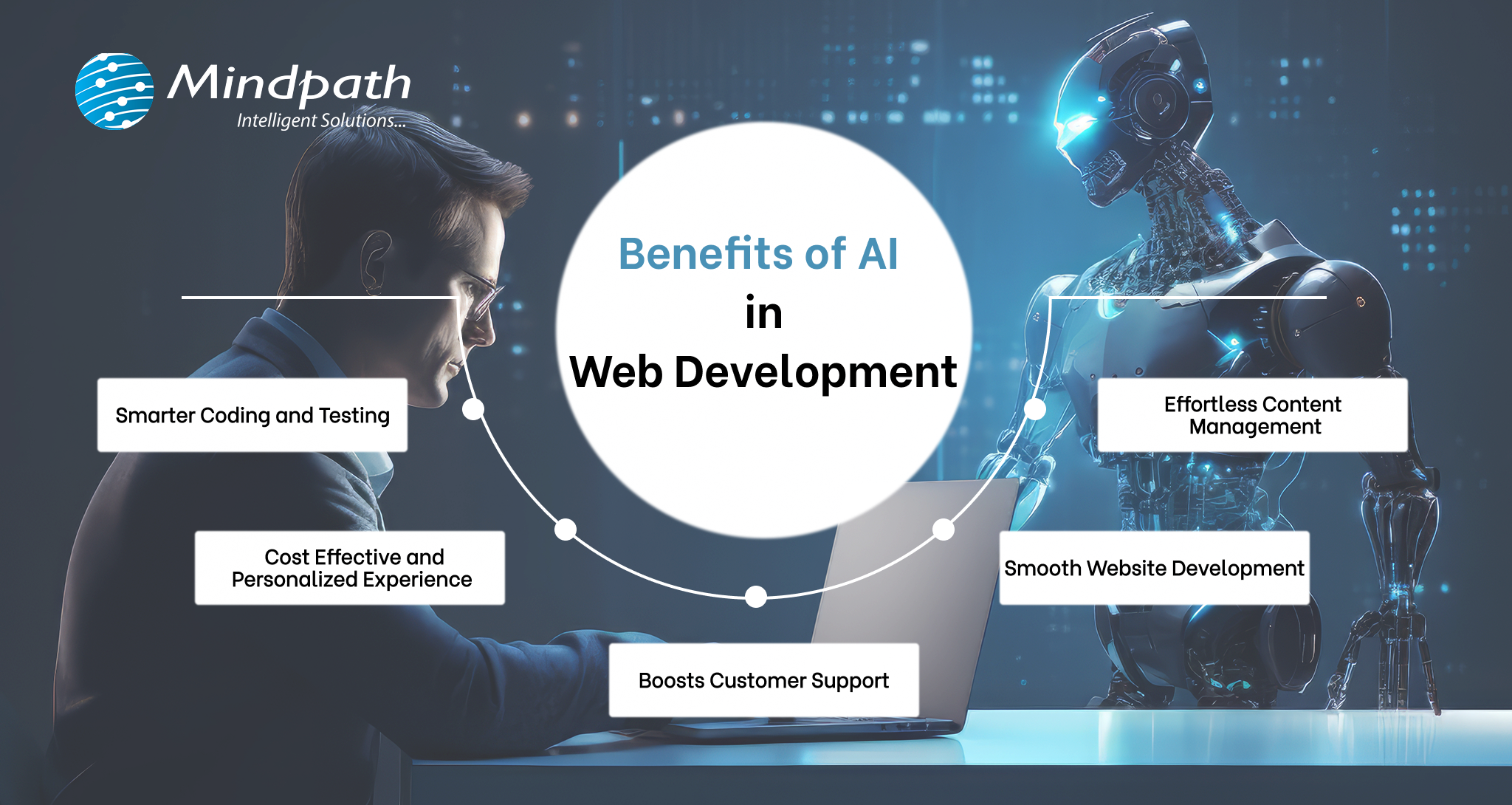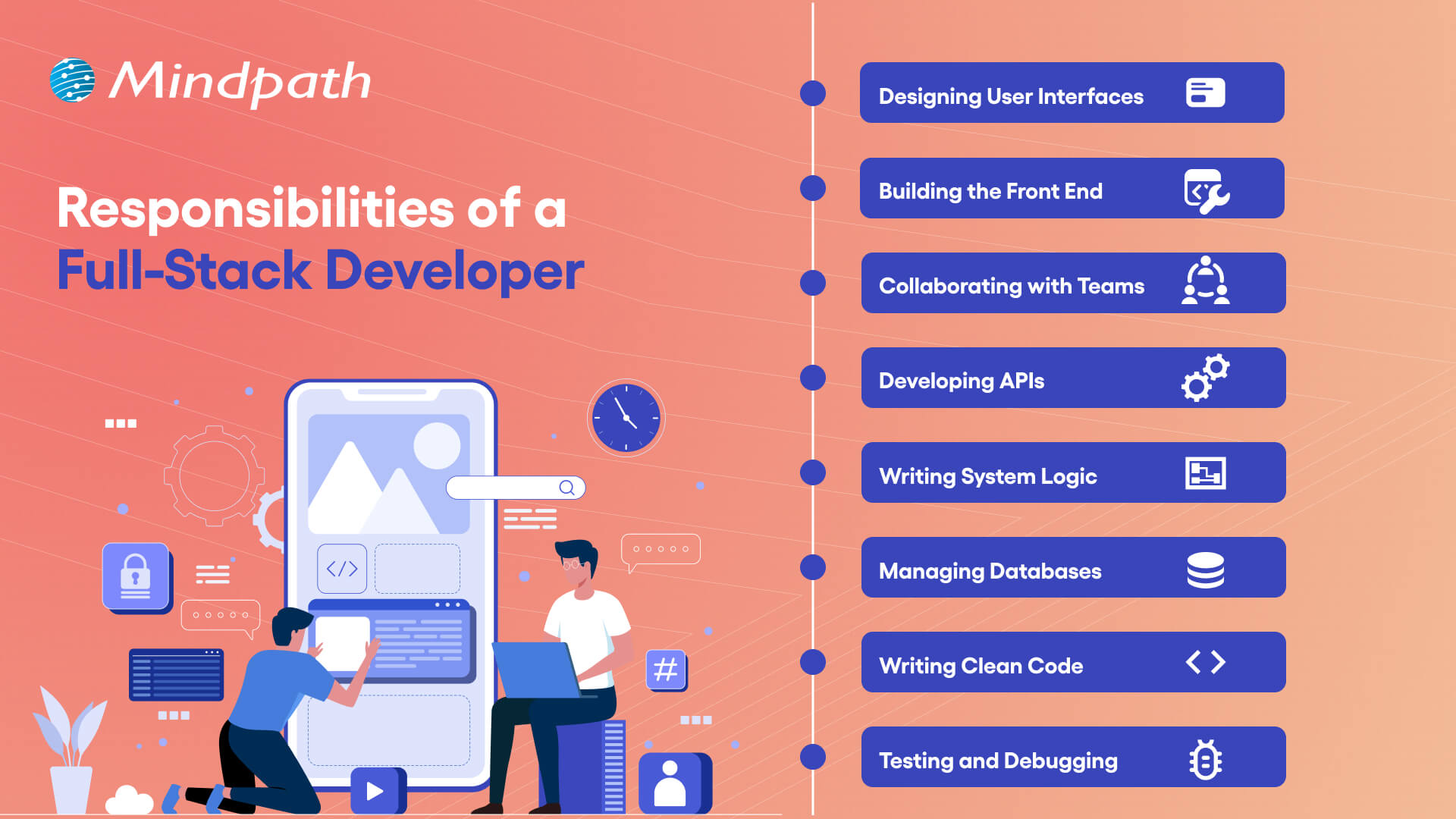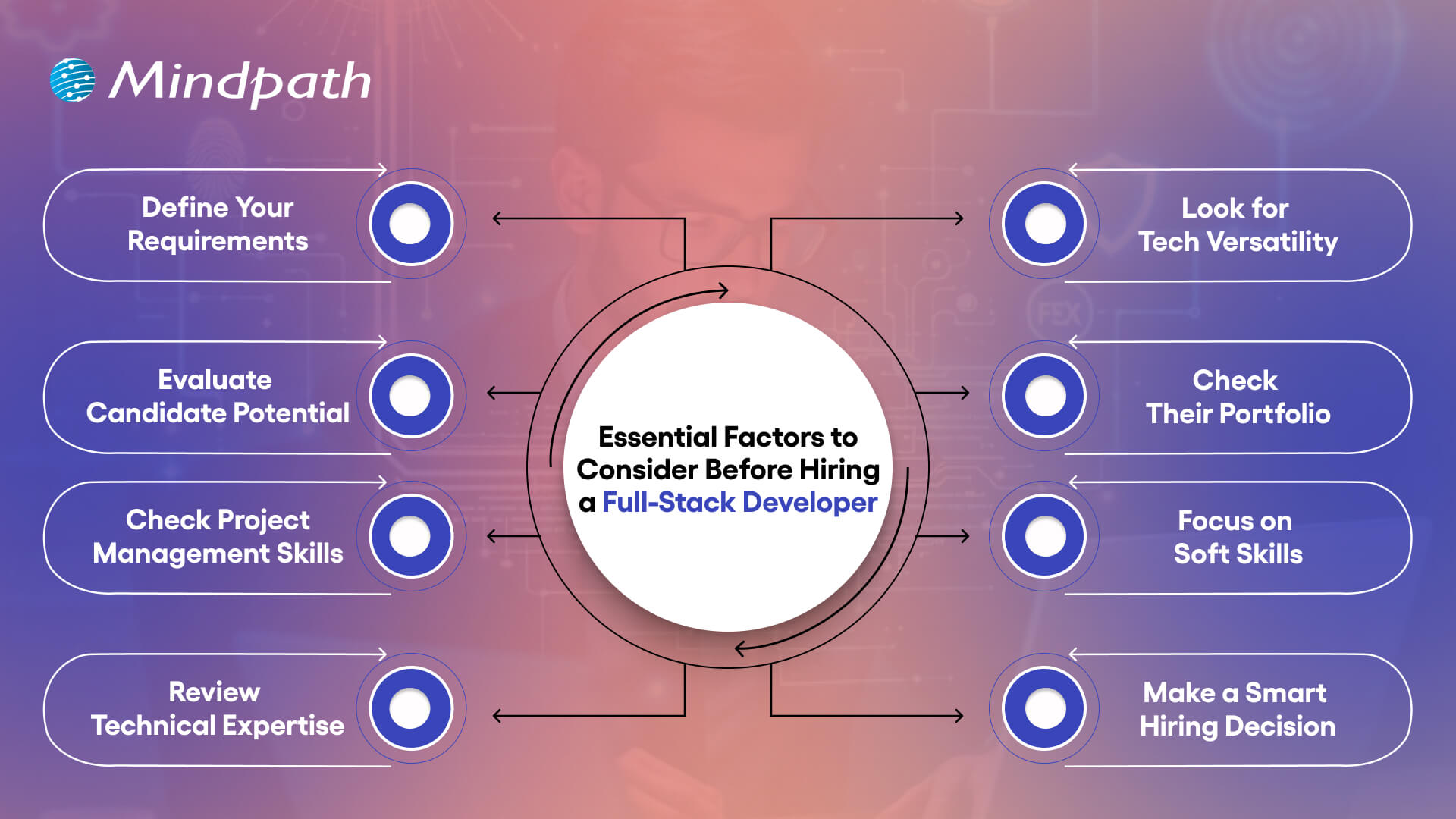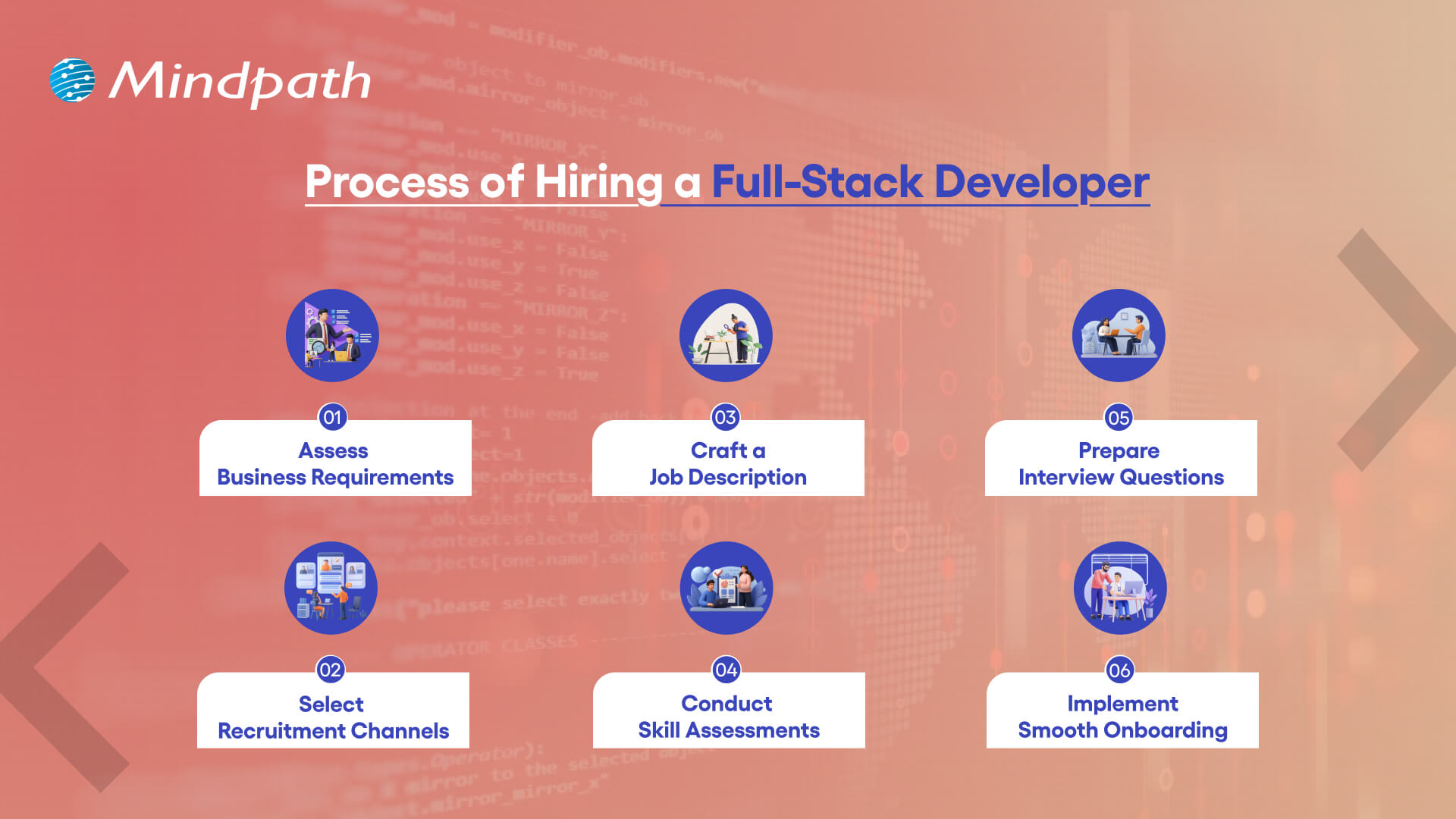Have you ever wondered what makes companies like Netflix, Walmart, and LinkedIn so efficient and scalable in their digital operations? The answer often lies in the technologies they choose—like Node.js. But what exactly is Node.js doing behind the scenes? How is it helping these companies stay ahead of the competition? In this blog, we’ll dive into the real-world use cases of successful companies leveraging Node.js.
Node.js is an open-source, cross-platform runtime environment that enables developers to execute JavaScript outside of the browser. It is based on Google Chrome’s V8 JavaScript engine, which makes it very efficient and speedy. What distinguishes Node.js is its non-blocking, asynchronous architecture. Instead of establishing separate threads for each request, Node.js processes tasks within a single process, allowing it to manage hundreds of connections at once. It executes I/O activities such as reading files and accessing databases without interrupting other processes, resulting in smooth and scalable performance. With its capacity to handle real-time apps and high traffic, Node.js has emerged as a popular alternative for developing contemporary, high-performance web applications.
Let’s delve into the inspiring success stories of companies leveraging Node.js!
Use Cases of Successful Companies Leveraging NodeJS
1. LinkedIn
LinkedIn leveraged Node.js to make their software quicker, more efficient, and easier to operate. One of the most significant advantages was the drastic reduction in resource use. LinkedIn was able to reduce the number of servers necessary to run its service by an incredible 10:1 ratio using Node.js. This reduced expenditures while simultaneously improving the application’s overall speed and scalability.
Another significant benefit was the usage of JavaScript on both the client (where users interact) and server-side (where the app’s activities take place). This improved consistency in the development process, allowing teams to collaborate fluidly across both ends of the program. Developers could manage client-server interactions more effectively, resulting in quicker updates and enhanced user experiences.
2. Netflix
Netflix switched to Node.js to address issues with their previous technological stack. The prior monolithic application architecture made it impossible to grow as the user base expanded. Furthermore, switching between the backend and frontend was sluggish, causing delays and unsatisfactory experiences for users. The system’s simultaneous loading of components made it difficult to customize the user interface to fit individual tastes. Using Java presented its own set of issues, including lengthy build times that hampered development and deployment, making it difficult for teams to provide changes on time.
Switching to Node.js resolved these difficulties. The transition between the backend and frontend was smoother, resulting in a better user experience. Node.js also enables Netflix to use a microservices design, which divides the program into smaller, more manageable components rather than a single huge system. This enhancement increased flexibility, making it easier to update and customize the user interface to meet specific demands.
By using Node.js, Netflix improved app speed, accelerated development, and assured a far more user-friendly experience, fulfilling the expectations of its ever-expanding audience.
3. NASA
NASA used Node.js to address fundamental issues in data management and accessibility. Data from spacesuits and missions were spread across several places, making retrieval and analysis challenging. Furthermore, the majority of NASA’s mission data was stored in segregated databases that were difficult to query, and its on-premises data centers were not built to support current cloud technologies. Compounding this, many of NASA’s applications already relied on JavaScript, necessitating a more compatible and efficient alternative.
NASA was able to rebuild its systems due to Node.js and the microservices architecture it implemented. This strategy enabled traditional databases to be transferred to the cloud and accessible via APIs, resulting in a more seamless integration between older systems such as Oracle and SQL Server and newer cloud databases.
NASA used Node.js to optimize complicated procedures, increase data portability, and enhance cloud readiness. The end result was a speedier and more efficient system, allowing NASA to focus on expanding space missions and scientific research without being hampered by antiquated infrastructure.
4. Walmart
Walmart employed Node.js to address issues with their current Java-based eCommerce infrastructure. Their monolithic application hampered communication among remote teams and lacked modularity, impeding development processes. Furthermore, their pre-Node.js front-end used JavaScript libraries that were not SEO-friendly, reducing product exposure in search engines. Walmart’s mobile eCommerce applications also have performance concerns owing to Java configuration limits. Walmart improved its website’s efficiency and SEO by using Node.js. Combining Node.js with React.js increased the site’s speed, resulting in shorter loading times and better customer experiences. This adjustment not only lowered user response times but also increased customer engagement.
Node.js also improved Walmart’s development workflow. Teams might provide updates more quickly, simplifying development processes and decreasing time-to-market. The enhanced checkout experience, driven by Node.js, resulted in greater conversion rates, showcasing the platform’s capacity to propel business development. Walmart employed Node.js to improve performance, speed up development, and improve the customer experience, consolidating its position as an eCommerce market leader.
5. Trello
Trello switched to Node.js to meet the need for real-time updates with low latency. Since the majority of Trello’s architecture was already built on JavaScript, using a JavaScript-friendly server made sense for code maintenance and development speed. To achieve quick updates, the platform required several real-time open connections on the server.
Trello benefited from rapid prototyping and an event-driven server that was compatible with their previous architecture after migrating to Node.js. Node.js enabled them to keep their Single Page Application lightweight, at only 250 KB, while providing 0% latency during server interactions. This change also resulted in much shorter development and prototyping times, allowing for faster upgrades and a more efficient overall system. Incorporating Node.js helped Trello improve performance and maintainability, ensuring that their app could scale to meet user needs quickly.
Also Read: Top Reasons to Hire Node.js Developers in 2024 – Mindpath Tech
Node.js Development Services at Mindpath
- Node.js Web App Development: Our developers create high-performance, scalable web applications using Node.js. We are committed to providing your digital appearance with an invulnerable add-on, optimized completely with the business goals, to create applications that will create a lasting impression.
- Node.js CMS Development: We develop custom-made content management systems to assist in the effective management of your content. Our CMS solutions are designed to simplify content management, providing you with an intuitive interface to handle all your content effortlessly.
- Node.js API Development: We create strong and powerful APIs that will enable other systems to be smoothly integrated. Our APIs are designed to enhance functionality and connectivity, ensuring smooth and reliable communication between different applications.
- Node.js Consulting Services: We assure you expert help in maximizing your business projects with Node.js potential. We provide strategic guidance and technical insights to optimize your Node.js applications, driving innovation and efficiency.
- Node.js Maintenance & Support: Our maintenance and support practices are continuous for on-the-go help. Our team is always ready to address any issues and provide continuous improvements, ensuring optimal performance and reliability.
- Node.js Migration Services: We will support you in the node.js migration of your existing applications for scalability and performance improvements. Our migration services are designed to minimize disruption and ensure a seamless transition to a more efficient and powerful platform.
Final Thought!
Node.js has helped leading companies like LinkedIn, Netflix, NASA, and Walmart boost performance, scalability, and development speed. Its efficient, event-driven architecture enables real-time apps and smooth integrations, keeping businesses ahead of the competition. At Mindpath, we offer expert Node.js development services to help your business achieve faster, more scalable solutions. Whether you’re building, enhancing, or migrating to an app, we’re here to support your growth with high-performance Node.js solutions.
Ready to transform your business with scalable, high-performance solutions?
Partner with Mindpath today and let our Node.js experts help you build the future!
















